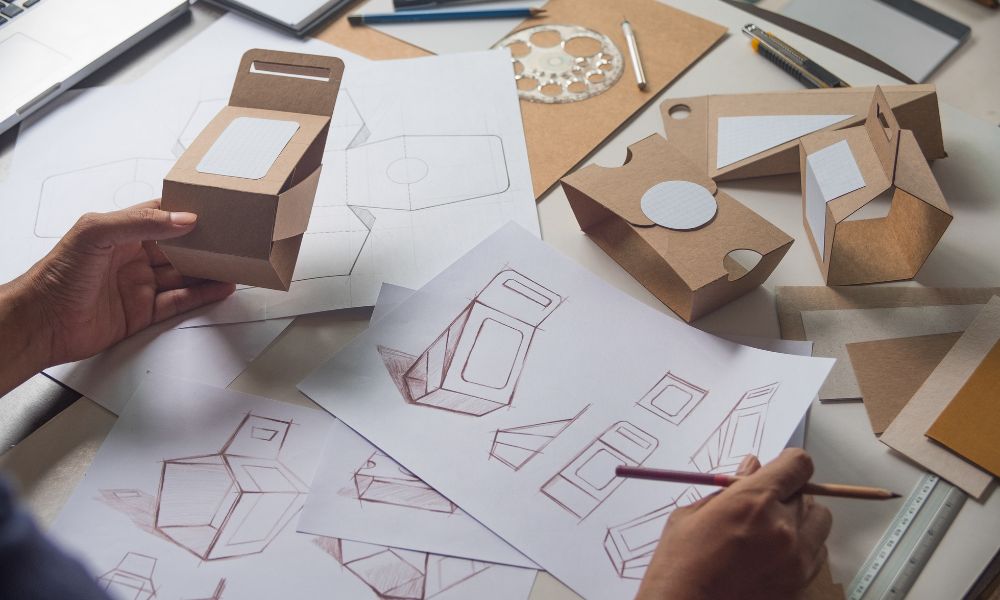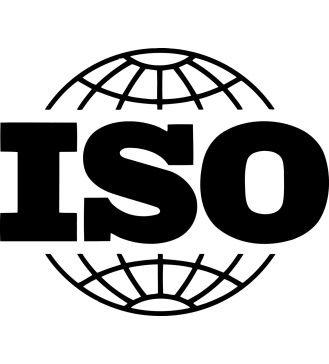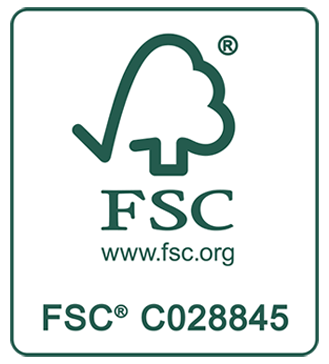
Introducing a new product to the market can be an exciting journey for any business owner, but it also comes with intense preparation and focus. Writing an impeccable packaging design brief is essential if you want your product to stand out from the competition and appeal to customers. Take a look at some key pointers to keep in mind when creating a concise yet compelling packaging design brief that will bring your concept and vision to life.
What Is a Packaging Design Brief?
A packaging design brief is a comprehensive document that outlines your vision for your product’s packaging. It serves as an essential guide for your design team or chosen packaging agency, like Golden West Packaging, providing clear directions regarding your expectations, requirements, and goals. By creating a well-thought-out packaging design brief, you enable your design team to develop packaging that resonates with your target audience and solidifies your product’s presence in the market.
Define Your Goals
First and foremost, you must define your goals. What do you want to achieve with your packaging design? Are you aiming to boost brand recognition, convey a specific message, or stimulate certain emotions in your customers?
Identifying these goals will act as a guiding light throughout the design process. Clear objectives will streamline the creative process and help you make strategic decisions about the design elements. Whether it’s the choice of typography, color schemes, imagery, or materials, your goals will ensure that every aspect of your packaging design is intentional and aligned with your brand’s overarching mission.
Identify Your Target Audience
Understanding your target audience is a fundamental step in the design process. Your customers are the individuals who will interact with your packaging; hence, you must understand their preferences, needs, and expectations.
Are they environmentally conscious consumers who value sustainable packaging? Are they luxury-seeking individuals who appreciate premium materials and a sophisticated aesthetic? Or perhaps they are busy individuals who would appreciate easy-to-open, practical packaging?
Describing the profiles of your typical customers will allow you to tailor your packaging design to their preferences, enhancing their user experience and building a stronger connection between your brand and its audience. Remember, a design that appeals to your target demographic will have a greater impact and is much more likely to drive sales and brand loyalty.
Explain Your Brand’s Unique Value Proposition
In a competitive market, what sets your product apart is your brand’s unique value proposition (UVP). This is the unique value your product offers to customers that they can’t get from your competitors. It’s an essential part of your packaging design brief, influencing the overall design.
When articulating your UVP, consider your product’s unique benefits, whether it’s superior quality, innovative features, or exceptional sustainability credentials. Be sure to convey this information in a clear and compelling manner to your design team.
By doing this, you help them understand your product’s unique strengths and the value it brings to customers. This understanding will guide them in creating a custom printed packaging design that highlights your UVP effectively, positioning your product favorably in the minds of consumers.
Describe Your Design Preferences/Style
Describing your design preferences is a crucial part of the packaging design brief. It’s the section where you express the aesthetic aspects of your brand identity and how you wish to reflect them in the packaging design.
The information you provide here guides the design team in creating a package that houses your product and communicates your brand’s personality, values, and promise. Think about it as creating a visual language that speaks directly to your target audience.
Consider different elements, such as:
- Fonts: What typefaces represent your brand? Are they classic, modern, quirky, or elegant?
- Color palettes: What are your brand colors? How do they reflect your brand personality? Are they vibrant, subtle, cool, or warm?
- Graphics: Are there any specific graphics, illustrations, or patterns that resonate with your brand?
- Imagery: Do you prefer photographic images, abstract designs, or minimalist aesthetics?
- Materials: What type of materials do you envision for your packaging? Are they recyclable, premium, textured, or glossy?
- Finishes: Do you want embellishments like foiling, embossing, or spot UV?
Remember, the aim isn’t to tie down your designer’s creativity but to provide a clear direction that aligns with your brand’s vision. You might even provide the design team with additional reference materials for inspiration and guidance.
Set Expectations for the Design Process
One of the most crucial steps in creating an effective packaging design brief is to set clear expectations for the design process. This includes establishing a realistic timeline for each stage of the project, from initial concepts to final implementation. Clearly outline the key milestones your design team will need to meet and specify the deadlines.
For example, you might set a date for the presentation of initial design proposals, followed by a round of revisions, before moving on to the development of final designs. By setting these expectations early on, you ensure that the project stays on track and that all stakeholders are on the same page. This also gives your design team a clear structure to work with and enables you to plan your product launch effectively.
Outline Your Quality Assurance Requirements
Setting out your quality assurance requirements is a critical aspect that you shouldn’t overlook in your packaging design brief. Elucidating these requirements ensures that your packaging meets the highest standards of quality and accuracy.
This includes everything from the print quality, color consistency, and dimension accuracy to the robustness of materials. Having these standards in place is paramount, as they play a crucial role in maintaining your brand’s reputation and ensuring a positive customer experience. Communicate your quality expectations clearly to your design team, enabling them to strive for excellence and deliver impeccable packaging in every aspect.
Provide Feedback on Each Step of the Design Process
Providing feedback at each step of the design process is crucial to ensure that your packaging design aligns with your brand’s vision. Your constructive inputs serve as valuable checkpoints for your design team, helping them assess whether they are on the right track or need to make adjustments.
This process of design and feedback enhances the efficiency of the project and minimizes the chances of costly mistakes or modifications down the line. Remember, while your design team brings their expertise and creativity to the table, you bring vital knowledge about your brand, product, and customers.
Combining these perspectives through ongoing dialog and feedback will ultimately lead to a custom-printed packaging design that truly reflects your brand’s identity, appeals to your target audience, and stands out in the market.
Mastering how to write an impeccable packaging design brief is pivotal in creating packaging that effectively communicates your brand’s essence. By following our guide, you will lay a solid foundation for your design team to develop packaging that resonates with your customers and sets your product apart in the market.
Remember, the journey to creating an impactful packaging design starts with a well-crafted brief. Embrace this process and watch as your ideas transform from a concept into a tangible, market-ready product that exceeds customer expectations.




